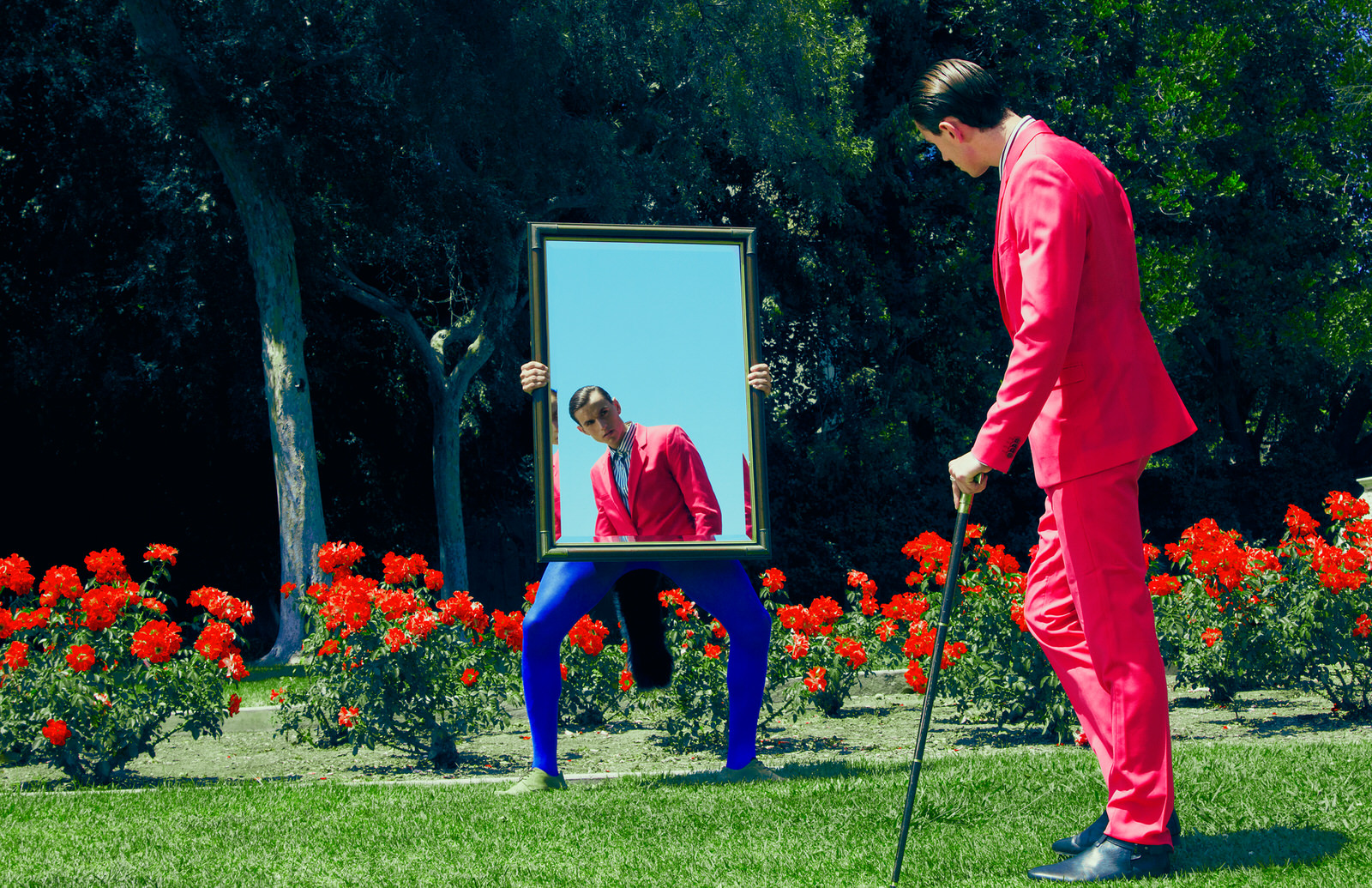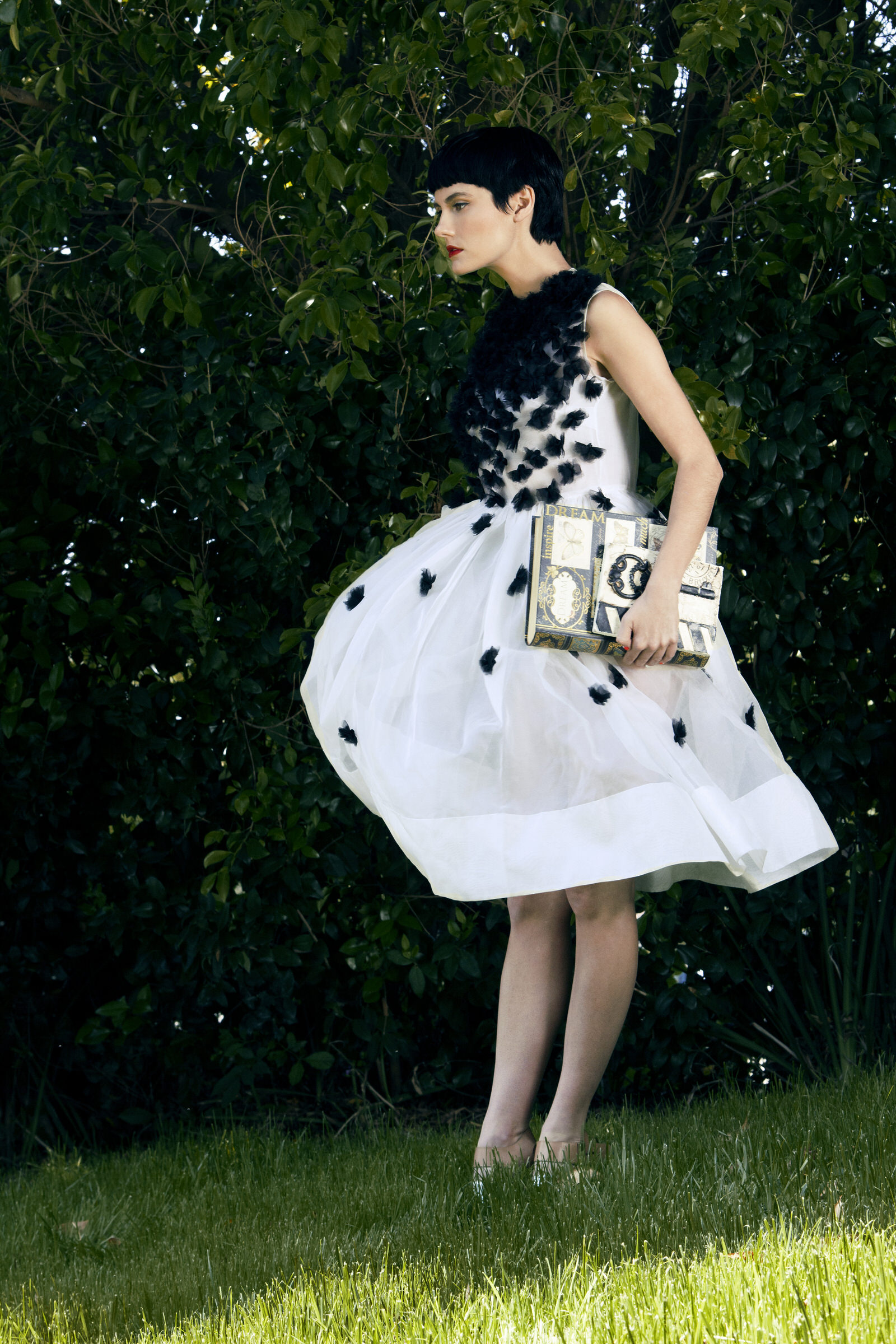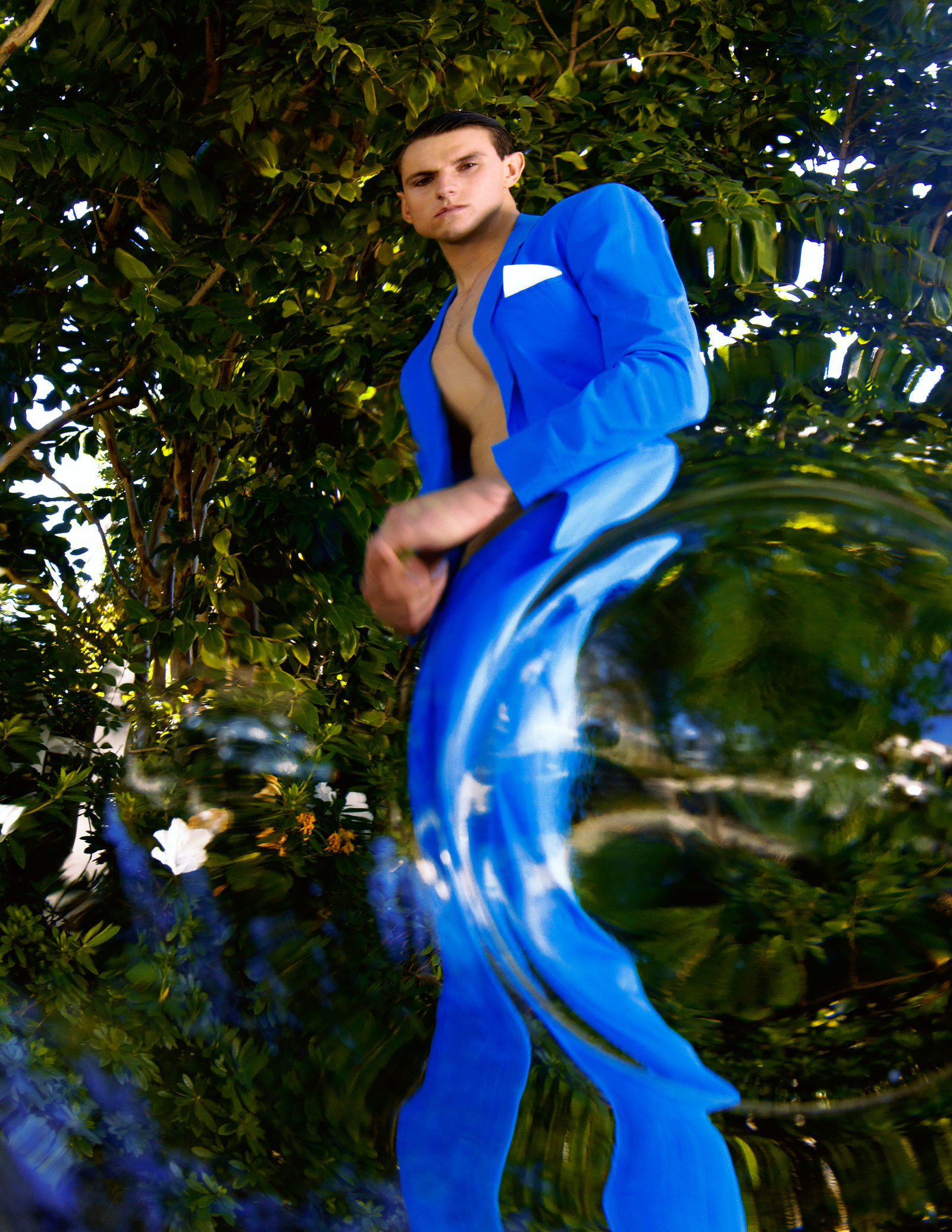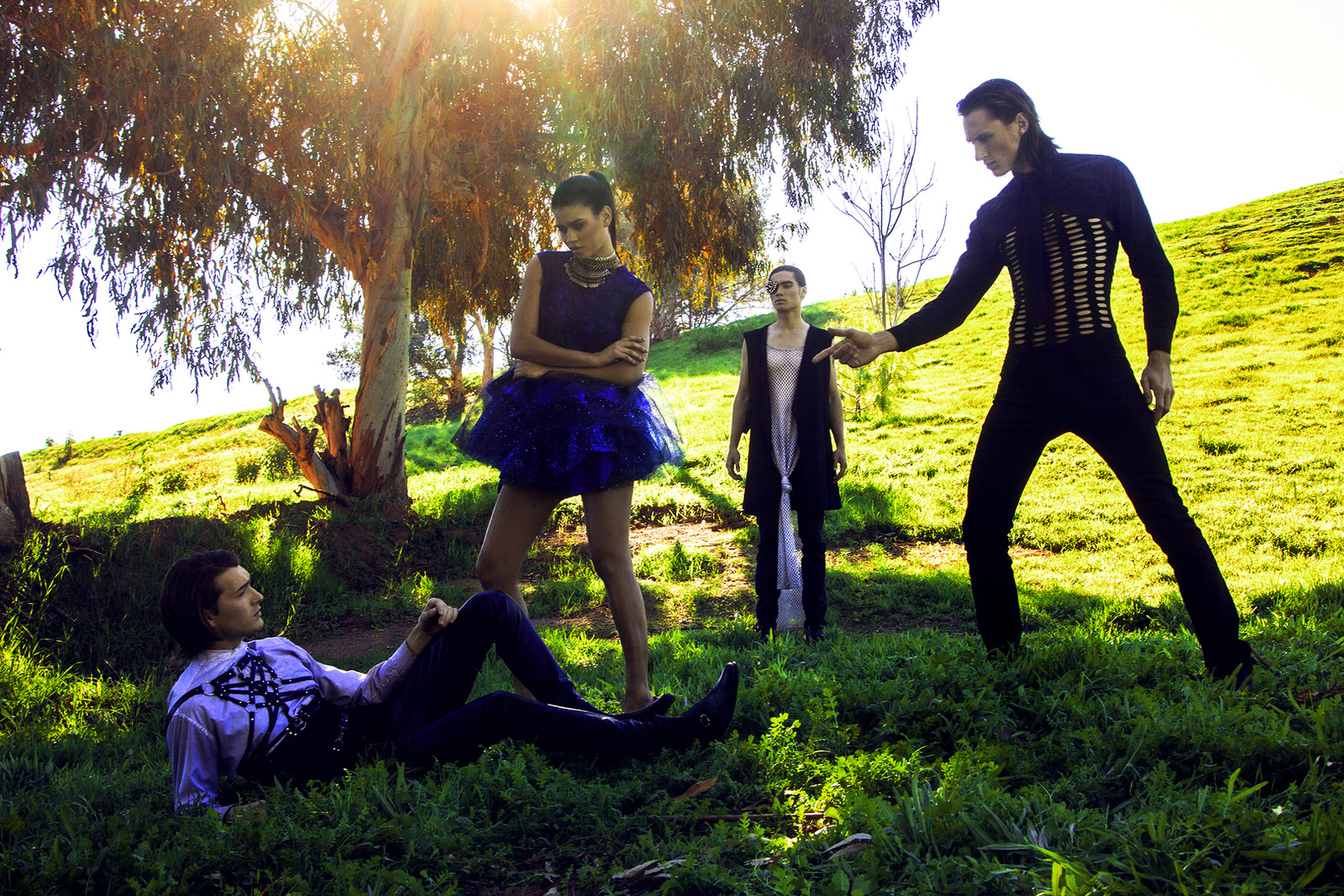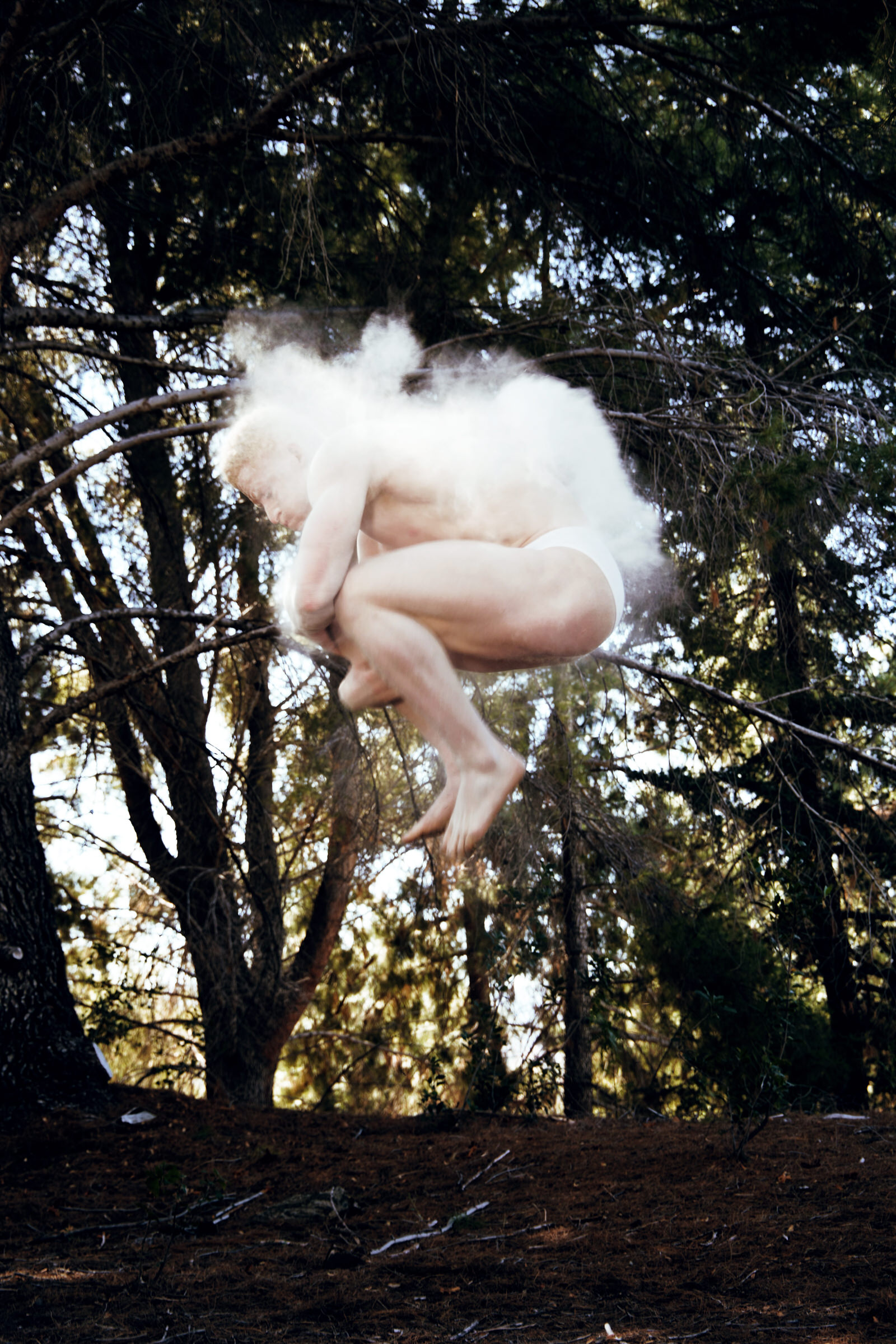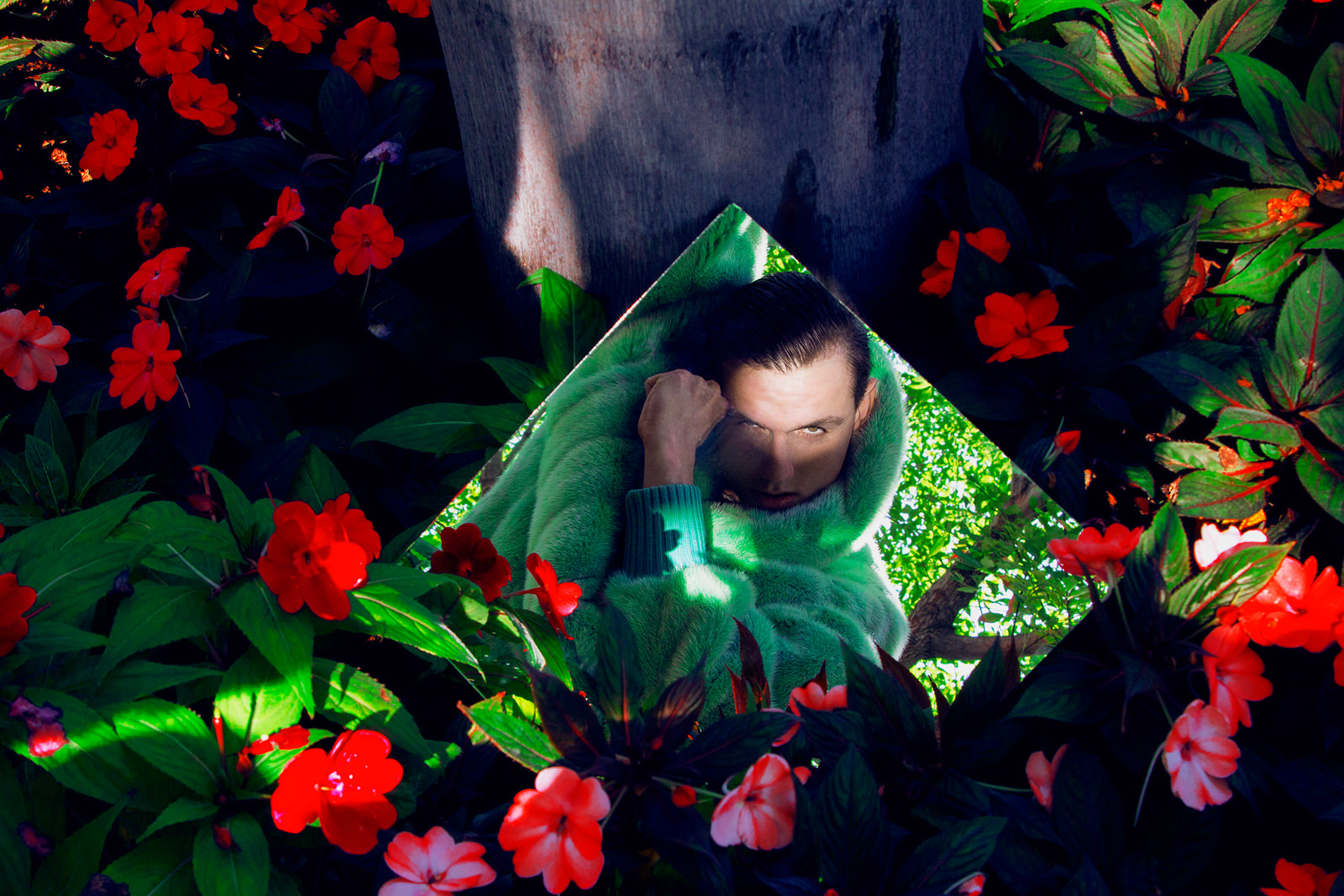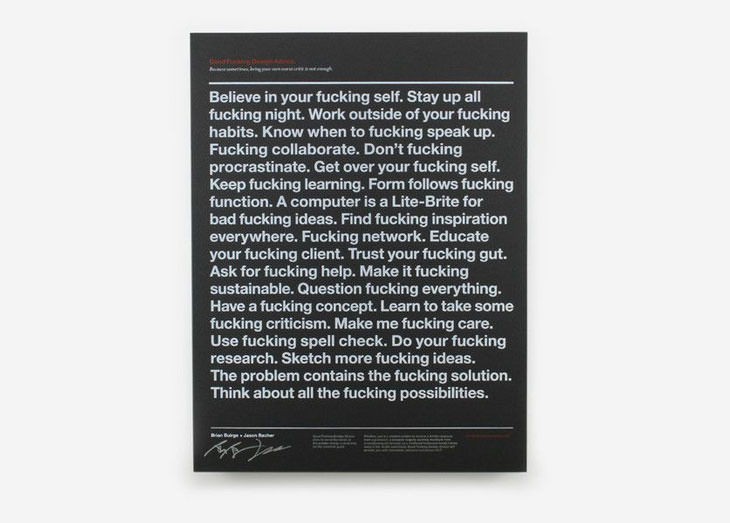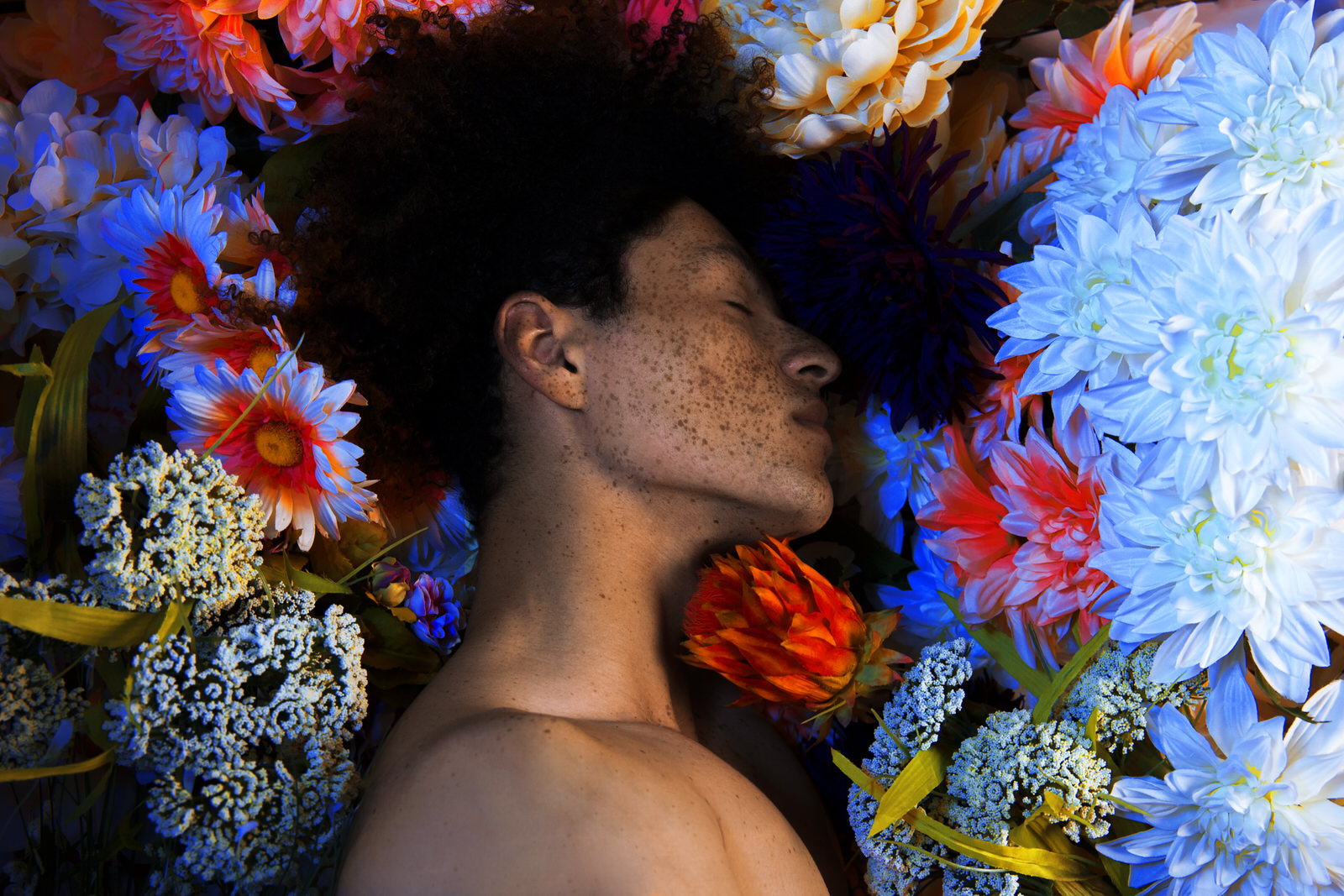
The Wonderfully Vibrant and Magical World of Giovanni Moran
Entirely self-taught, fine art, fashion, and portrait photographer, Giovanni Moran has established a style as well as a name for himself and has been published in many reputable magazines. This doesn’t come as a surprise to me after hearing how much value Giovanni places on inspiration. He is inspired by life experiences, dreams, fantasies and beauty. When listening to Giovanni explain how important the relationship between artist and inspiration can be, I actually teared up.
Giovanni’s work will take you through a story, allowing the viewer to distinguish their own interpretation of his photographs. His style is a combination between surrealism and exaggerative color manipulation. “However, what you see is what you get, everything was there beforehand, as intended to be. Now this is my photography…”
Join us for this inspirational interview.
You bought your first camera at the age of 19. With that being said, how did your interest in photography come to fruition?
I remember very vividly being curious about photography because I wanted to express myself creatively and document all of my experiences, then after my investment, I started exploring self-portraiture, what we now in our digital zeitgeist call “selfies,” but I took a more conceptualized approach in my early stages as an artist, allowing an image to convey a symbolic reflection of my current inspiration.
Do you have any formal training in photography or would you consider yourself self-taught for the most part?
No training, entirely self-taught! I took subtle courses here and there, but mostly research, experimentation, books, trial and error, careful observation and through networking. It has brought me to where I am now and I continue to improve by expanding my craft. The learning experiences will never end; it’s essential to our internal growth.
Who are some of your favorite artists and/or photographers?
Guy Bourdin for his enigma; Steven Meisel for his sophistication; David LaChapelle for his colors; Alexander McQueen for his surreal narrative; Sølve Sundsbø for his romanticism; and Tim Walker for his whimsical story-telling. These six have influenced my work in one way or another, and I especially admire the ones who had to rely solely on developing film as their source creation.
What is your personal definition of fashion?
People think it’s only based on materialism and superficiality; contrary to popular belief, it has more to do with what you’re doing NOW and with WHOM.
Within your photography, you’ve seemed to explore as many mediums as possible. Do you have a favorite type of genre of photography you like to shoot? Why?
I’m an avid enthusiast towards simplicity, I love shooting portraiture, and there is a delicate connection I experience with the person I’m photographing, which I enjoy! If not obvious enough, I love telling stories through images, it’s challenging and thrilling for me, a total euphoric mental high when I’m at that moment, and I simply live for that one moment! Every opportunity I get to just pick up my camera is a privilege; I never take for granted, regardless of what I’m shooting or if anyone else sees it or not, to me, I am eventually creating a memory.
When conceptualizing ideas, what is your process like? Do you ever draw out sketches or create mood boards to help yourself visualize what you’re going for?
It starts with an inspiration, an idea clicks in my head that I can realistically and confidently create visually in photographs. I have sketchbooks of all my thoughts and ideas that I have ready for my projects and potential clients to execute in a photograph. A mood board is essential in communicating with team members with limited words, as well as communicating with agents, editors, collaborators, patrons or clients, in the direction I’m taking. Then on the day of the photoshoot, while all of the chaos is at its peak, moments before shooting I sketch a storyboard, that way I know exactly what I’m doing photographically and can lead my team to a successful shoot.
On average, how long would you consider your creative process to be? (Conceptualizing, planning, shooting, editing, etc…)?
It goes something like this: It can take somewhere between two weeks to several months, all depending on the project and if there is a deadline.
First: Get Inspired > Network > Contact Team Members > Choose a Shoot Day > Scout Location or a Studio > Emailing > Mood Board + Call Sheet > Cast the Appropriate Muse > Pre-Prep for the Shoot > Budgeting Errands > Shoot Day > Post Processing > Editing > Emailing > Submitting > Finished and then Repeat.
What do you do when you hit a wall during your creative process?
I watch the film, The Fall by director Tarsem Singh and it changes everything!
Aside from photography, you’ve also experimented with videography. Tell us about how your interest developed in creating films? Also, what do you find to be the most satisfying thing about filmmaking, and what would you consider the most challenging?
I took an interest simply because I wanted to challenge myself more. It’s definitely much more difficult because moments are moving and you have to pay close attention to the details. I enjoy the outcome more so than anything else and have to constantly adapt to my environment by taking calculated risks. I enjoy the editing process along with my collaborators, yet the most difficult part is the process in itself. For some people it might be tedious but, hey, this is what I signed up for!
When creating a series of work, for example an editorial, how big of a team is usually within a project?
I like to keep my team tight and know exactly who I’m working with and their contribution, so I’m usually the leader and am responsible for the project. Then there’s a wardrobe stylist that pulls clothing from local designers, showrooms or PR boutiques. There is also a makeup artist, hair stylist, a manicurist and the muse. Sometimes I’ll have an assistant or intern and an art director that contributes throughout the process as well.
How important would you consider Photoshop and/or post-processing in your works?
It is very important! This is a digital industry that values “light,” hence editing is only inevitable: color, tone, mood, composition, angle, retouching and formatting the appropriate dimensions (20×30-inch / 9.6×14.4-inch), format (RAW > Tiff > Jpeg), and resolution (72 /100 < 240-DPI).
What do you hope to do and/or say with the work you create?
I think as an artist, but act like a businessman. It’s a reflection of me, my intentions, my goals, values and my dreams in a form of realities. I feel inspired and want other people to feel inspired too!
What’s your favorite photo that you’ve ever taken? Why?
My new favorite image is from “The Solopsist” series. It’s less glitz and glam than my previous work. Simplified beauty.
What book would you recommend to other creatives/artists?
The Power of Now by Eckhart Tolle, a book exploring mindful consciousness and reflective meditation.
Can you tell us about the importance that you feel lies on the relationship between inspiration and artist?
Yes, absolutely! As an independent artist, I feel it’s important to constantly stay inspired, every single day of your life, no exceptions on missing out on a day and the same should apply when you’re hitting the gym! [chuckles]. Why? You can plateau, lose track, lose hope, procrastinate, create excuses, and face personal or external experiences outside of your control that can hinder you from moving forward. Plus, as an artist, once you reach your goal or completed a project, what you did yesterday is done! Finished! The question every artist should ask themselves afterwards is, “What’s Next?”
Can you tell us what inspires you?
Ah! That’s an easy one! FEAR, of course (dissociating it from danger). The details in itself are irrelevant, but every artist, established or in the making, will only reach success once you face what you feel will hold you back from your goal and your lifelong dream. It takes courage for an artist to admit this; it’s the healthiest and most important source of inspiration. I like to stay optimistic and hungry for the truth!
What doesn’t inspire you?
Pessimism.
Do you have a quote or mantra that gets you fired up?
“The things you do while no one else is looking are the things that define you.” Hmm, I’ll say less with words and I leave that for YOU to ponder!
When we first interviewed you four years ago, we asked about your five-year goals and you said you wanted to gain recognition and form a relationship with a reputable photo rep to have your work more marketable to potential clients, collaborators and curators. Have you succeeded? Are you where you want to be now?
I feel accomplished as a photographer, artist and a human being. My father always said, “Less talk and more walk!” I’m not yet represented. It would allow more workflow as opposed to being an independent artist, but in the meantime, I’m taking the hustle on my own.
Yes, of course I am where I want to be! I live by absolute gratitude, there’s just always room for progress, growth and career enhancement.
What’s next?
I’ve been working on exhibiting in the Los Angeles area, just recently at the Perimeter Gallery, creating images for private clientele and focusing on creating a personal visual project with a local artist here in Los Angeles.
Do you have any advice to offer fellow artists and photographers?
Read this…
Keep up with Giovanni’s work on his website, Instagram, and Behance.
(Interview originally published June 4, 2014. Updated July 2018.)
